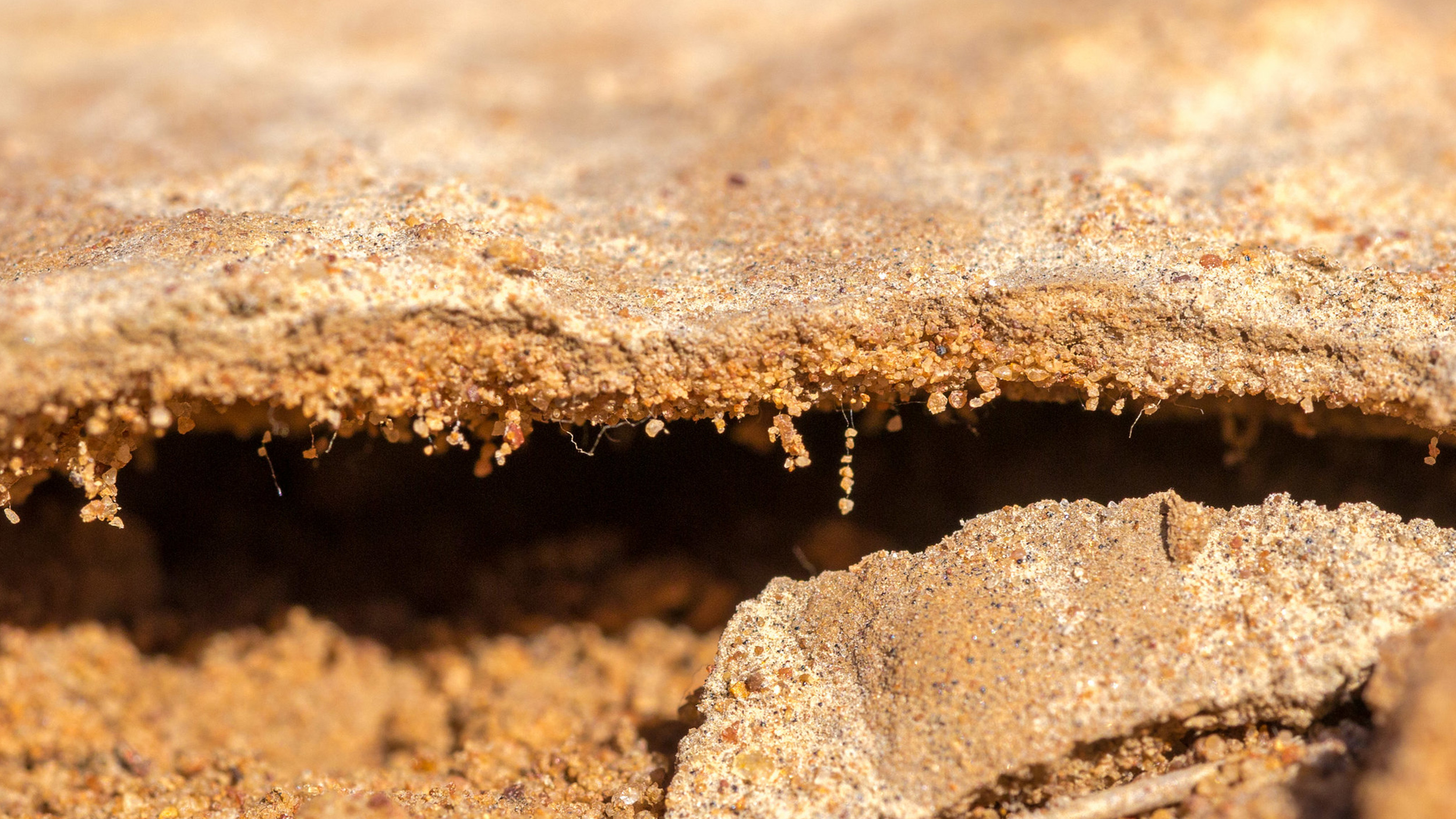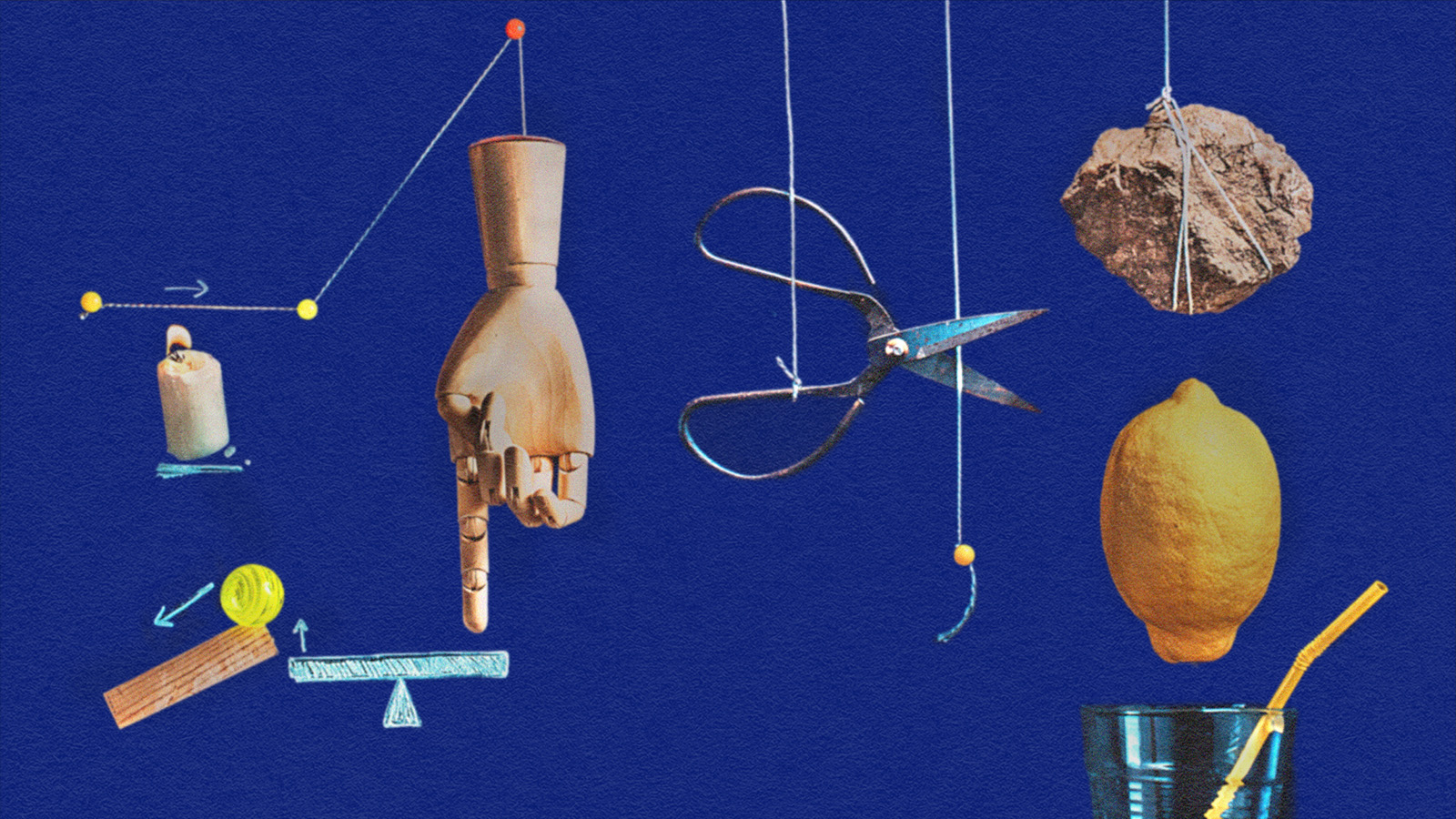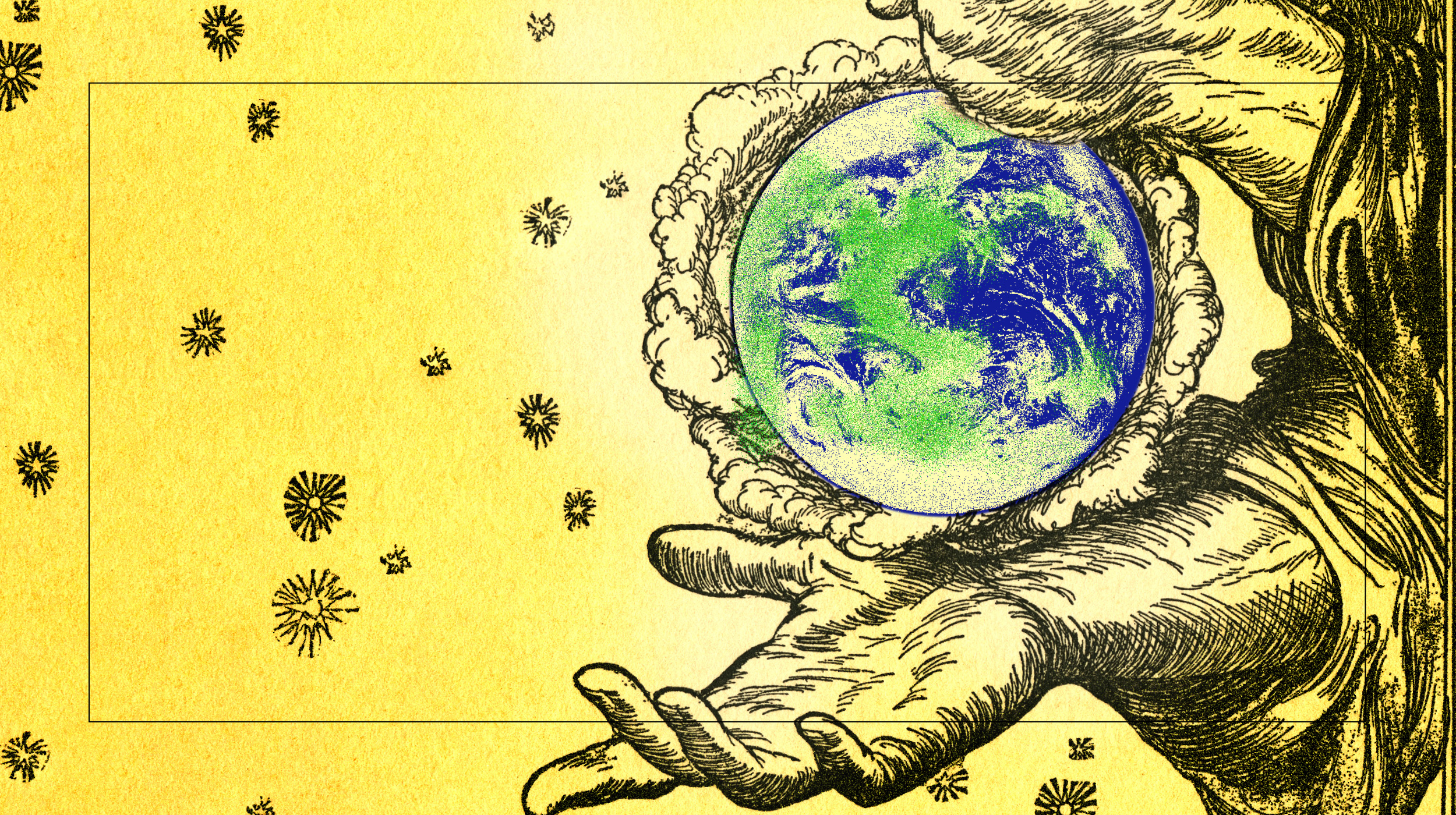Saving Culture From Climate Change

When someone talks about the effects of climate change, they usually begin with annual rainfall amounts, crop yield, shifting temperature zones (obviously) and other direct effects on humanity’s well-being. But what then? As we continue to search for solutions to the impending global warming crisis, one concern is its effect on cultural artifacts and World Heritage Sites.
Italy and Australia have been in the news lately as concerns over global warming heat up looking ahead to this December’s climate change conference in Copenhagen. The New Scientist reports on data gathered in Venice that if the current rate of sea level rise continues—a rate which is currently faster than predicted—serious measures will have to be taken to save one of the world’s most magnificent cities.
As Australia awaits its Senate’s vote on climate change legislation, a government report finds that 17 World Heritage Sites, including the famous Sydney Opera House, would face an existential threat from imbalances in current ecosystems.
These cultural sites, and others such as Mount Rushmore and the Acropolis, have a new ally in the fight against cultural destruction. Sean just wrote about the implications of a 3-D digital scan system designed to give an exact blueprint of monuments should they need to be repaired in the future.
But climate change and art is a two way street. As much as ecosystem imbalances threaten art, art can raise awareness about spaceship earth’s supply and allocation of natural resources.
Famous Indian sand artist, Sudarsan Pattnaik, has just constructed a 40-foot sand Ganesh, Hindu’s patron of the arts and sciences, to raise awareness about the necessity of planting trees so as to augment the world’s carbon sinks. Pattnaik is a prolific sculpture who was recently interviewed about how he communicates his political awareness through his sculptures.





